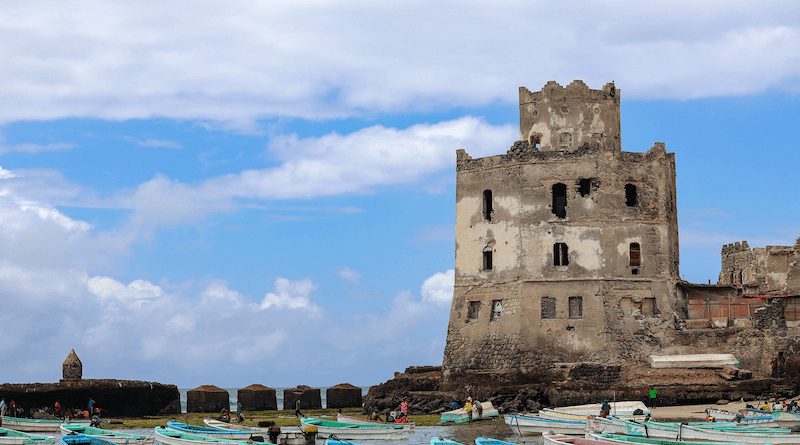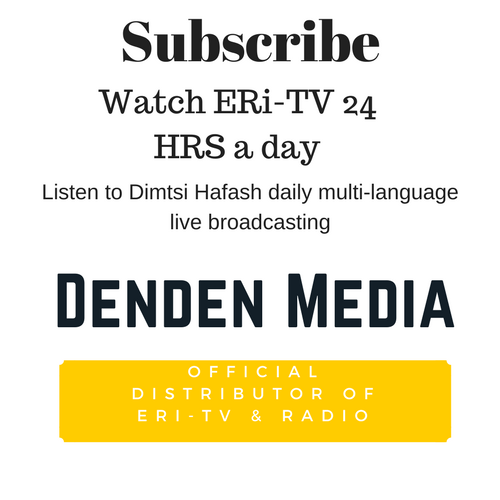The East African Federation is a proposition on the table. It is to be a union of the eight EAC members and any other member that would join it in the future into a single federated sovereign state. The current members include in Alphabetical order the countries of Burundi, DR Congo, Kenya, Rwanda, Somalia, South Sudan, Tanzania and Uganda. The main features of the union include the following:
- a customs union since 2005, which means free trade among the members and a common external tariff (CET), with imports from countries outside the EAC zone subject to the same tariff within the partner states.
- a common market in place since 2010 which involves the elimination of all obstacles to intra-community trade thus merging the national markets into a single market.
- A monetary union signed in 2013, which envisaged progressive convergence of the currencies of the member countries into a single currency within a 10-year period. That should have happened last year 2023 but remains incomplete as is the case with many other aspects of the integration processes.
- A political federation, which is the ultimate goal of the EAC. It envisages federation of the member states into a single sovereign state. (Source: The EAC Website)
Somalia applied to join the EAC in 2012 and only got admitted into the regional body last year (2023). There was always a major question mark on why Somalia, among other things, never really pushed full control of its territory, create its currency or do many activities any normal government would have done in reconstituting itself, but it did not. Did the leadership of Somalia envisage that they would join the EAC federation and that there was no need to spend so much effort, money, and energy on these and other matters? Did they already assume that country would simply become a small region in a vast country of some 5.2 million sq. km and that its population would become a minority among minorities of an ocean of people of some 325 million people, which would still be growing?
The EAC and most notably Kenya, which is a neighbor of Somalia, which deals most with it and which also hosts a large Indigenous Somali population was always pushing Somalia to come to the fold of the EAC. It ambitions on Somalia’s vast marine space was obvious, which in fact ended up in the international Court of Justice, where a portion of Somalia’s waters was given away to it.
Somalia’s geostrategic location overlooking the main Suez canal – Indian Ocean shipping lane, which carries some 12% of global trade was not hidden to the EAC, which perhaps realized that Somalia, in its present situation, was not in a position to utilize it and hence saw the opportunity to take advantage of it.
The EAC must also have noticed that Somalia, in its recovery state would need a large outlay of funds for its reconstruction, which would probably come from investors who would be interested in the vast resources of the country be it marine, sub-soil, sub-marine and others. The EAC and most probably Kenya noted the opportunity in place and it was not disappointed. It had the right leadership in Somalia who would work along with it. The EAC still does not pay attention to those who advise it against the unwise steps that is being taken and pursued by corrupt or perhaps ignorant Somali officialdom.
It is obvious that Somalis in general are being indirectly persuaded away with great subtlety and adeptness, from investing in their country or making it peaceful through a highly persuasive process, involving even religious people, of enticing them to invest in other countries, mostly Kenya, Uganda, Dubai and now Tanzania. Why would a people who have their own rich heritage, rich and vast territories invest in other countries and not in theirs? It is a big question mark that only history would respond to, perhaps in the future, when present actors are long gone.
Somalia does not even have anything to bring to the table of the EAC other than the sweat of the Somali diaspora who should have invested in their villages, towns, and country instead of Kampala and Dar es Salam and Nairobi. Many would probably read this as being negative but it is illogical at best to have a whole population running away from its own lands and investing in another’s territory, when one could make peace with one’s brother and invest in his own country. Somalis do not have anything against the EAC or any ill will for that matter against any East African country. They could be neighbors, trade with each other and support each other but they do not share much, including first, the language. Somalia is a Horn African country and belongs to the Horn of Africa States Group with which it shares history, culture and many others including populations. Is Somalia prepared to lose its Somali language, since Ki-Swahili will be the official language of the East African Federation? Why should Somalia lose its sovereignty, anyway?
No doubt the Ki-Swahili countries of East and Central Africa have centuries of interactions and cultural merger. For one, they all profess to be of Christian faith, whatever denomination they follow – Catholic, Anglican or other Protestants. How would that affect a Muslim nation like Somalia where many of its laws are Shari’ah compliant? How does the Federal Government of Somalia justify itself, when there is an Islamic edict that a Muslim country can never cede control of its lands to a Non-Muslim country, which is what the East African Federation would represent?
No country can be alone in the present era where regionalization is the norm. Even the major powers need groups to work with. Somalia, one of the fragile states of the world recovering from a long and disastrous period of its life history does, need to build its relations with others. Would it not have been better to build relations with those it shares most with, such the other Horn African countries of Djibouti, Eritrea and, of course, Ethiopia, instead of the Swahili world of East and Central Africa. It is where it could have a better place and role with respect to culture, energy, water, food, marine and trade.
Another important aspect which perhaps the current corrupt regime in Somalia has not pondered over is perhaps the fact that Somalia would lose its resources as soon as it assumes accession to the EAF, if it ever so happens. This will not be limited to the land resources but also to the space, air and marine resources of the country, which from then on, would belong to the EAF, the sovereign nation. The land would be shared and a large non-Somali population might migrate to and settle in Somalia, whereas Somalia would lose its uniqueness in the continent – its homogeneity in language, in ethnicity, in culture and religion.
Nothing surprises these days as what the corrupt regime could or would do but Somalis would not accept to surrender their hard-won sovereignty over the desires and wants of a corrupt administration. Many of the federal member states of the country are already revolting against the Federal Government’s recent constitutional changes. Why would they accept surrendering their sovereignty to others when they do not want to abide by the rules of their own federal government?
There is no need to create disputes and unnecessary rifts between Somalis and brotherly populations in that East and Central African region, just to make a few more dollars. The Hassan administration and his counterpart in Kenya, who seem to be pushing the agenda and the other East and central Africa governments should not be taking advantage of Somalia at its weakest and worst hour. That danger to the region and its blue economy does not seem to be going away and unfortunately, as Somalis say, the axe that would cut the tree does, include a part of the tree itself, the handle. The administration of Somalia should not be the handle of the fax that would cut its country to pieces, but indeed, it is presently, and Somalis would one day be looking for what used to be called Somalia!
The EAC, despite all the fanfare, is a shallow market with no financial depth, relies heavily on outside help, conflicted equally like the Horn of Africa States region, with members exporting the same primary products with little to exchange among themselves. Somalia would not add much to that market for it would be at the bottom of every conceivable index in that market. Somalia and its absorption into the EAC only poses more danger to the very existence of the country, language and people. The fact that most Somalis already identify themselves now as citizens of their regions in Somalia, like Puntlanders, Somalilanders, Jubalanders, Maaylanders, Hirshabellars, Galmudugans and potentially other regions such as Khatumans or Awdalites and so on, is a clear indication that new peoples are being created in the place of Somalis.
Most other members of the EAC have little interest in Somalia and the only country that is pushing the matter appears to be Kenya, which had ambitions over the maritime space of Somalia over the past three decades during the civil crisis of Somalia. Perhaps they forgot to read Sir Charles Eliot’s advice to let Somalis be and not disturb them less they encroach more to the south, which he assumed, perhaps, they would take over, should they continue pushing southwards. They are presently in Nairobi and spreading across Kenya and to Uganda and Tanzania. The EAC obviously did not heed Sir Charles Eliot’s advice. The coming danger to the blue economy of the Horn of Africa States region is so obvious but the reverse one on the rest of the EAC could also be true.






